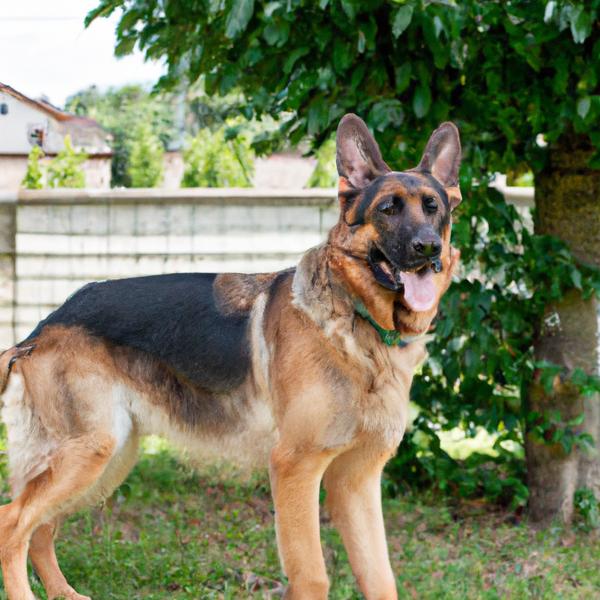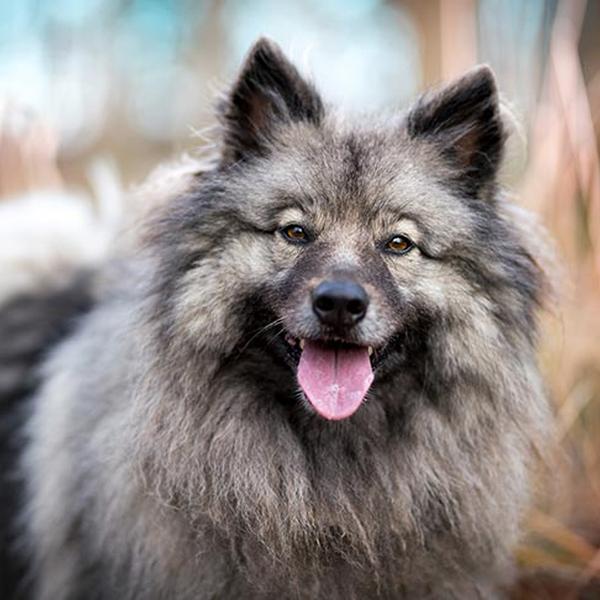German Shepherd vs. Keeshond: Breed Differences and Similarities
Weight Gain Potential
Which breed eats more: German Shepherd or Keeshond?
German Shepherd has average obesity risk, needs balanced diet, daily walks, and weight monitoring.
Keeshond has high obesity risk, needs regular exercise and food control to maintain healthy weight.
Hypoallergenic
Are German Shepherds or Keeshonds hypoallergenic, or neither?
Unfortunately, neither German Shepherd nor Keeshond are hypoallergenic, which may not make them the best choice for dog lovers who suffer from pet allergies.
Temperament
What are the personalities of German Shepherd and Keeshond dogs?
Alert
Courageous
Intelligent
Obedient
Confident
Curious
Loyal
Watchful
Agile
Obedient
Quick
Intelligent
Bright
Playful
Sturdy
Shedding Level
Do German Shepherds shed more than Keeshonds, or which breed sheds more, German Shepherds or Keeshonds?
German Shepherd or Keeshond dogs are extremely heavy shedders, they will lose a large amount of hair each year. To decrease the amount of shedding, you can regularly brush your German Shepherd or Keeshond.
Watchdog Ability
Which dog breed makes a better watchdog, the German Shepherd or Keeshond?
Choose a German Shepherd if you want a top-notch watchdog. This breed takes guarding seriously, and may not require much training, though obedience or guard dog training can improve their skills.
Keeshonds make excellent watchdogs - they're vocal and protective of their territory.
Origin
What is the origin of German Shepherd and Keeshond dog breeds?
Germany
Netherlands
Ancestry
What are the origins of German Shepherd and Keeshond breeds?
Shepherding Dog, Wolf-type Dog
Samoyed, Chow Chow, Finnish Spitz, Norwegian Elkhound, Pomeranian
Date of Birth
When were German Shepherd and Keeshond breeds first developed?
1800s
1700s
Breed Group
What is the Breed Group of German Shepherd and Keeshond?
Herding (AKC:1908, UKC)
Non Sporting (AKC:1930)
Northern Breeds (UKC)
Eye Color Possibilites
What are the eye colors of German Shepherd and Keeshond dogs?
Brown
Brown
Nose Color Possibilites
What are the natural nose colors of German Shepherd and Keeshond?
Black
Black
Coat Color Possibilites
What are the natural colors of the coat for German Shepherd and Keeshond breeds?
Black
Gray
Red
Silver
Sable
Fawn
Black
Gray
Fawn
Silver
White
Sable
Brindle
Coat Length
What is the typical coat length for German Shepherd and Keeshond breeds?
German Shepherds have coats that can be either short or medium in length.
Keeshonds have longer coats compared to most dogs.
Coat Density
What is the density of the coat of German Shepherd and Keeshond?
Coat Texture
What is the hair texture of German Shepherd and Keeshond?
Straight
Litter Size
What is the usual litter size for German Shepherd and Keeshond?
A German Shepherd can have a litter of 10-13 puppies on average. However, it's worth noting that the size of the litters can vary greatly. Factors that can influence litter size include the health of the mother, breeding history, and genetics.
A Keeshond can have a litter of 12-14 puppies on average. However, it's worth noting that the size of the litters can vary greatly. Factors that can influence litter size include the health of the mother, breeding history, and genetics.
Adaptability
German Shepherd and Keeshonds are known for their adaptability and versatility. They are capable of adapting well to a wide range of lifestyle changes and living environments, making them great companions for families and individuals of all lifestyles.
Health Issues
Between German Shepherd and Keeshond, which breed is more prone to health problems?
German Shepherds typically have low vet costs due to their good health, but it's important to monitor their health and seek vet care when necessary.
While the Keeshond breed is generally healthy, occasional vet check-ups are still necessary to address any health concerns.
Major Concerns
What are the major health concerns for German Shepherd and Keeshond breeds?
Hip Dysplasia
Degenerative Myelopathy
Congenital Heart Defect
Renal Cortical Hypoplasia
Hip Dysplasia
Mitral Valve Disease
Heart Disease
Minor Concerns
What minor health issues should be kept in mind when owning German Shepherd and Keeshond?
Panosteitis
Pannus
Perianal Fistulas
Hemophilia
Von Willebrand's Disease
Exocrine Pancreatic Insufficiency
Patellar Luxation
Epilepsy
Skin Problems
Congenital Heart Defect
Occasional Tests
What occasional tests are recommended for German Shepherd and Keeshond breeds?
Cardiac
Hip
Blood Test
Dna For Vwd
X-Rays
Eye Examination
Physical Examination
Cardiac
Eye
Hip
X-Rays
Eye Examination
Physical Examination
Energy
How do the energy levels of German Shepherds and Keeshonds compare?
German Shepherds thrive on an active lifestyle due to their high-energy nature.
Keeshonds' high energy levels make them unsuitable for a low-key dog, choose accordingly.
Social Needs
German Shepherd vs Keeshond social needs comparison
German Shepherd has average social needs and is less independent than other breeds.
Keeshond has above average social needs and thrives with interaction with humans and other dogs.
Exercise Needed
German Shepherd vs Keeshond exercise need comparison.
German Shepherds require significant physical activity and suit those with an active lifestyle.
Keeshonds need only a small amount of physical activity, ideal for busy or elderly people or those with limited space.
Sleeping Need
Which of the two sleeps the most/least: German Shepherd or Keeshond?
German Shepherds are active and require sufficient sleep to stay healthy.
Keeshonds sleep less than other breeds but still need adequate sleep for good health.
Drooling Tendency
Which drools more/less, German Shepherd or Keeshond?
The German Shepherd and Keeshond breeds are known for their low drooling tendencies, making them a suitable choice for people who don't want to deal with drool marks on their clothing.
Tendency to Bark
Do German Shepherds or Keeshonds bark more/less frequently?
German Shepherd dogs are generally less vocal than other breeds and only bark when necessary, such as to alert their owner or communicate.
Keeshond dogs bark and howl frequently and are not recommended for quiet homes.
Territorial
Is the German Shepherd or Keeshond a better guard dog?
German Shepherd dogs are highly protective and make excellent guard dogs due to their strong instinct to defend their territory and owners, and their high level of vigilance.
While Keeshond dogs can defend their territory or owners, it's not their primary trait, and they are not ideal guard dogs.
Mouthiness
Mouthiness Comparison: German Shepherd vs Keeshond?
Roaming urge
German Shepherd vs Labrador: Running away tendency?
Prey Drive
German Shepherd or Keeshond - which breed has a higher level of prey drive?
Past times
What are some enjoyable activities and ways to keep German Shepherd and Keeshond entertained?
Tug-of-war, Walks, Fetch, Hike, Walk, Catch treats, Running, Frisbee, Mind games, Walking, Sniffing, Petting, Run, Nap, Hunt, Tracking, Hide & Seek, Head scratches, Go to Park, Playdate, Dog Parks, Back scratches, Exploring, Playing outside, Cuddles, Nose work, Observing, Barking, Chase, Eating Snacks
Walk, Run, Frisbee, Play, Fetch, Eating Snacks, Chewing, Playing, Sniffing, Heel
Activity Level
Which breed has higher energy, German Shepherds or Keeshonds?
Both German Shepherd and Keeshond are medium-energy dogs that enjoy socializing and playing with other dogs. They may engage in casual or sustained games of chase, and occasionally have bursts of barking or racing around the house.
Tolerance of being left alone
Walks per Week
How many miles should German Shepherd or Keeshond walk each week?
There's really no limit to how far you walk your dog as long as they're comfortable. For German Shepherd, it's at least 10 miles / week. Just remember to build distance and stamina gradually over time.
There's really no limit to how far you walk your dog as long as they're comfortable. For Keeshond, it's at least 8 miles / week. Just remember to build distance and stamina gradually over time.
Activity per Day
Do German Shepherds or Keeshonds require more exercise?
Both German Shepherd and Keeshond typically require a minimum of 60 minutes of exercise each day. The exercise can be spread throughout the day and may involve high-energy activities like walking, running, and playing.
Grooming
Which breed is easier to maintain in terms of grooming, German Shepherds or Keeshonds?
The German Shepherd requires an average amount of grooming compared to other breeds.
Keeshonds require significant grooming, including regular trims and professional grooming assistance to maintain their coat. They may also require frequent bathing to keep their coat and skin healthy.
Brushing Frequency
What is the recommended brushing frequency for German Shepherd and Keeshond dogs?
German Shepherd should be brushed at least once a week. Of course you can give them more frequent brushes if you find that they are still shedding a lot
Ideally, Keeshond should be brushed at least 2 or 3 times a week (preferably daily) improve shedding.
Brushing Tools
What brushing tools are used for German Shepherds and Keeshonds?
Slicker Brush
Deshedder
Nail Clipper
Pin Brush
Slicker Brush
Comb
Nail Clipper
Cups
How much food should be given to German Shepherd or Keeshond in cups?
For an average 65-90 pound (29 - 41 kg) German Shepherd feed 3 cups daily. But, keep in mind, the amount you feed is going to be dependent on the quality of the food you are feeding.
For an average 35-45 pound (16 - 20 kg) Keeshond feed 2.5 cups daily. But, keep in mind, the amount you feed is going to be dependent on the quality of the food you are feeding.
Daily Cost
Which breed has a higher daily cost, German Shepherd or Keeshond?
The average cost of a German Shepherd is somewhere $2.10 - $2.70 per day.
The average cost of a Keeshond is somewhere $2.50 - $3.20 per day.
Monthly Cost
Which breed has a higher monthly cost, German Shepherd or Keeshond?
The average per month expenses of a German Shepherd is between $55 - $77. This makes an average of $660 - $924 per year. It will be on the higher side when the dog is still small because it will need more frequent visits to the vet, shots.
The average per month expenses of a Keeshond is between $84 - $95. This makes an average of $1008 - $1140 per year. It will be on the higher side when the dog is still small because it will need more frequent visits to the vet, shots.
Intelligence
Comparing Intelligence: German Shepherds vs Keeshonds
German Shepherd is highly intelligent and very trainable.
Keeshond is a very intelligent and trainable breed.
Sensitivity Level
How do German Shepherd and Keeshond compare in sensitivity?
These dog breeds are particularly attuned to its environment and the emotions of those around it. German Shepherd and Keeshond can be easily overwhelmed by loud noises, new environments, unfamiliar people, or animals. This dog breed is best suited for individuals or families who are patient, gentle, and understanding of its sensitive nature. It may also benefit from a calm and stable home environment, with a consistent routine and plenty of positive reinforcement training.
Affection Dependance
Which is the more affectionate dog breed: German Shepherd vs Keeshond?
Apartment Friendly
Which breed is more apartment-friendly: German Shepherd or Keeshond?
German Shepherds and Keeshonds are dogs that do well in apartments with sufficient exercise, but they would really appreciate a small yard.
Child Friendly
Do German Shepherds or Keeshonds have a friendlier temperament towards children?
German Shepherds make excellent family pets for kids due to their gentle, protective nature and calm temperament.
Keeshonds are good with kids if socialized and trained from a young age.
Senior-friendly
Which dog is more suitable as a pet for the elderly - German Shepherd or Keeshond?
Cat Friendly
Do German Shepherd or Keeshond breeds have a better compatibility with cats?
German Shepherds are average in their friendliness toward cats and tend to do well with them, especially if raised together.
Keeshonds are good with cats, but early training is needed to prevent chasing behavior.
Dog Friendly
Which breed is more sociable with other dogs: German Shepherd or Keeshond?
German Shepherds are less friendly towards other dogs, but can improve with socialization.
Keeshonds are friendly and active companions, and can be good family pets, though their friendliness towards other dogs may vary.
Pet friendly
How do German Shepherd or Keeshond dogs interact with other pets?
Stranger Friendly
Which breed is more friendly with strangers: German Shepherd or Keeshond?
German Shepherds are friendly but may bark at strangers, and training is easy due to their intelligence.
Keeshonds are highly friendly around strangers.
Playfulness
Which breed is more playful between German Shepherd and Keeshond?
German Shepherd and Keeshond have an average level of playfulness. Like other dogs, they enjoy playing, but they are not the most playful dog breed.
Trainability
How do the trainability levels of German Shepherds and Keeshonds compare?
German Shepherds are popular for their ease of training and quick learning ability.
Keeshonds are usually easy to train but require consistency to fully obey commands.
Compare German Shepherd with other breeds
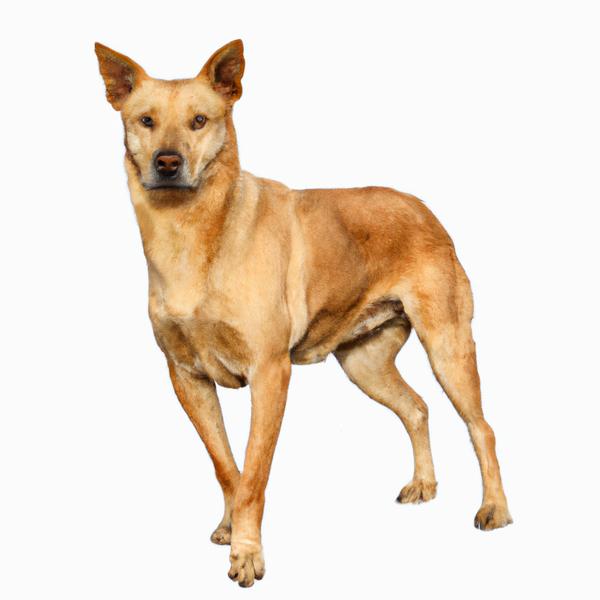
Cairanian
German Shepherd vs Cairanian
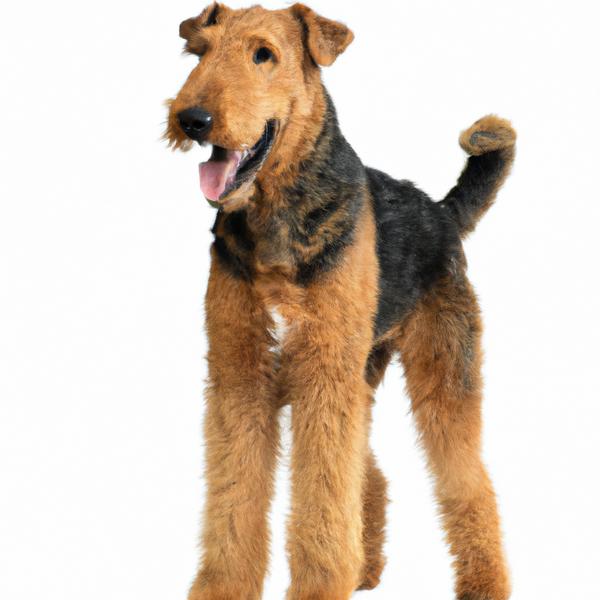
Airedale Shepherd
German Shepherd vs Airedale Shepherd
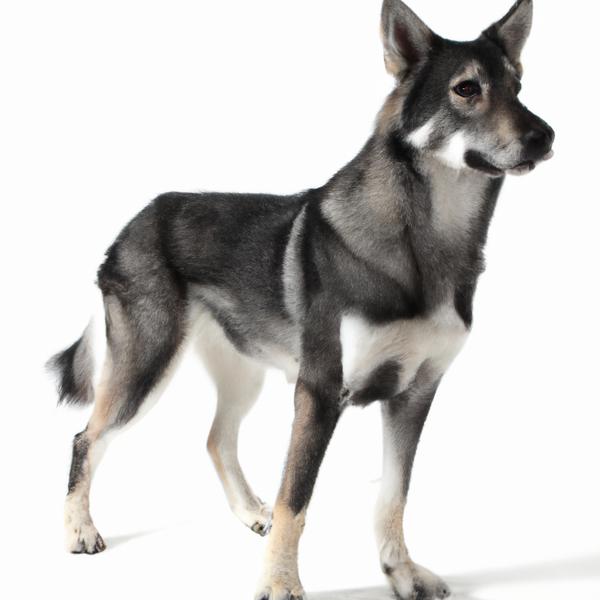
Nortese
German Shepherd vs Nortese
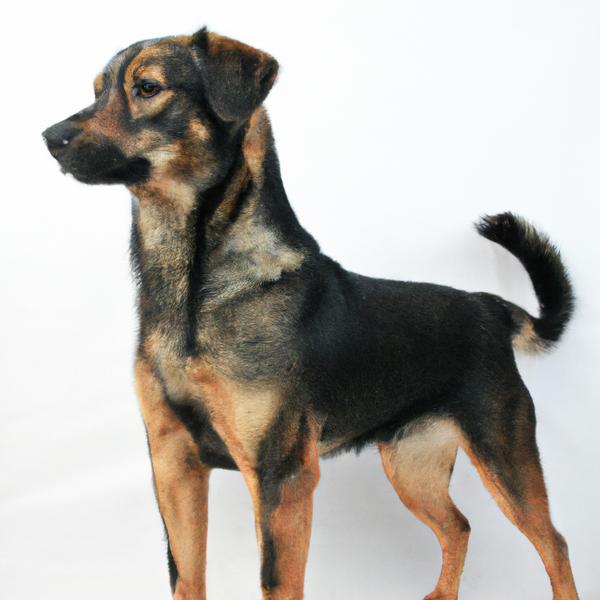
Chesador
German Shepherd vs Chesador

Pomeranian
German Shepherd vs Pomeranian
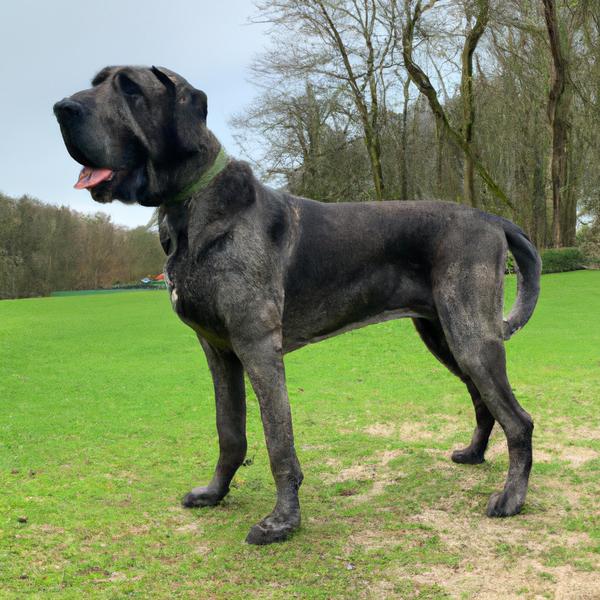
Giant Wauzer
German Shepherd vs Giant Wauzer
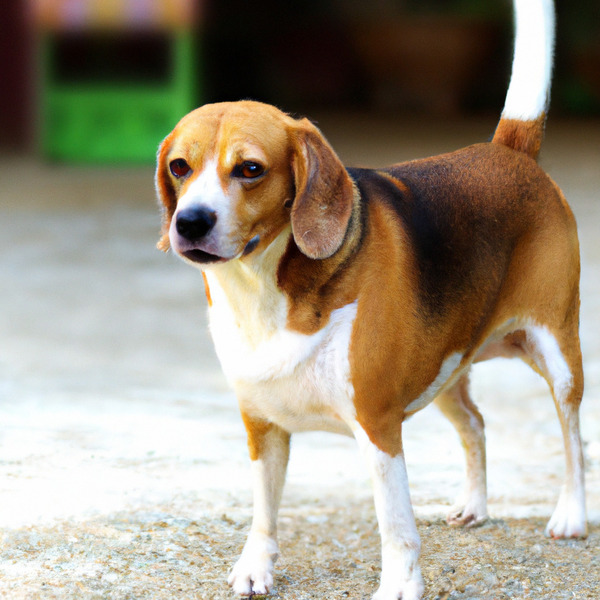
Beago
German Shepherd vs Beago

King Charles Yorkie
German Shepherd vs King Charles Yorkie

Faux Frenchbo Bulldog
German Shepherd vs Faux Frenchbo Bulldog
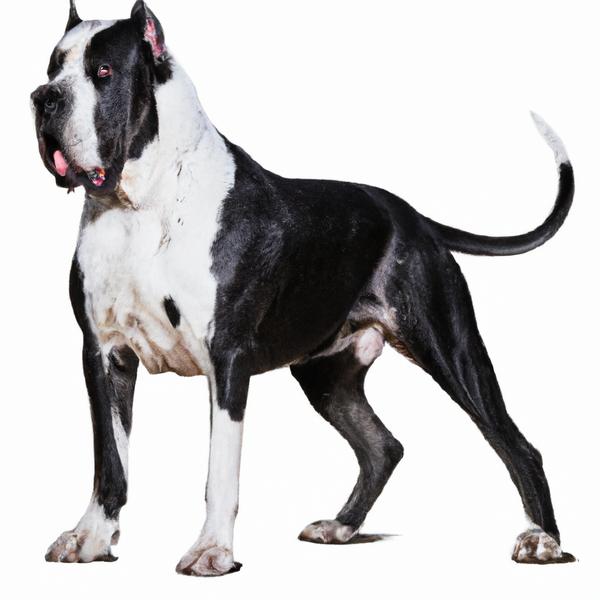
English Bull Dane
German Shepherd vs English Bull Dane
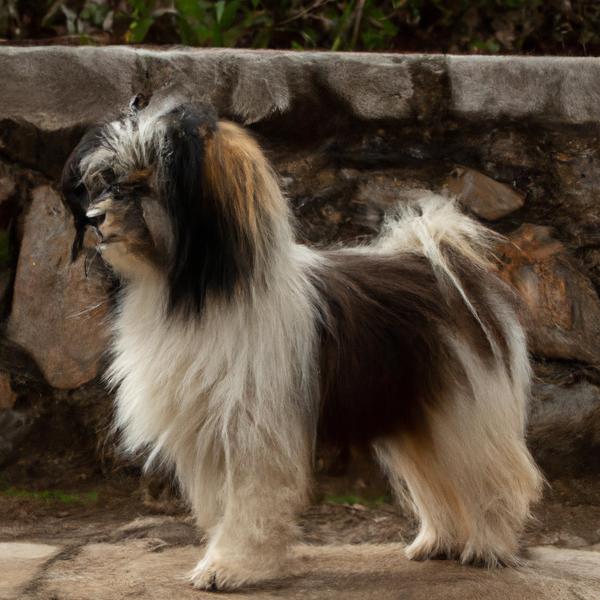
Tibepillon Terrier
German Shepherd vs Tibepillon Terrier
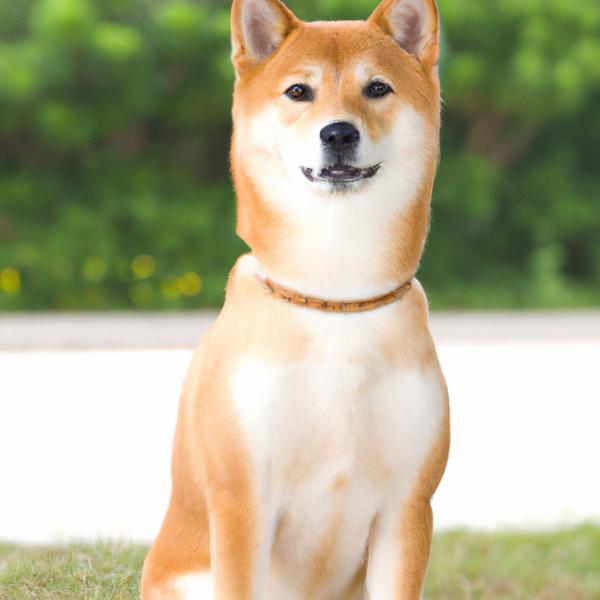
Shibos
German Shepherd vs Shibos
